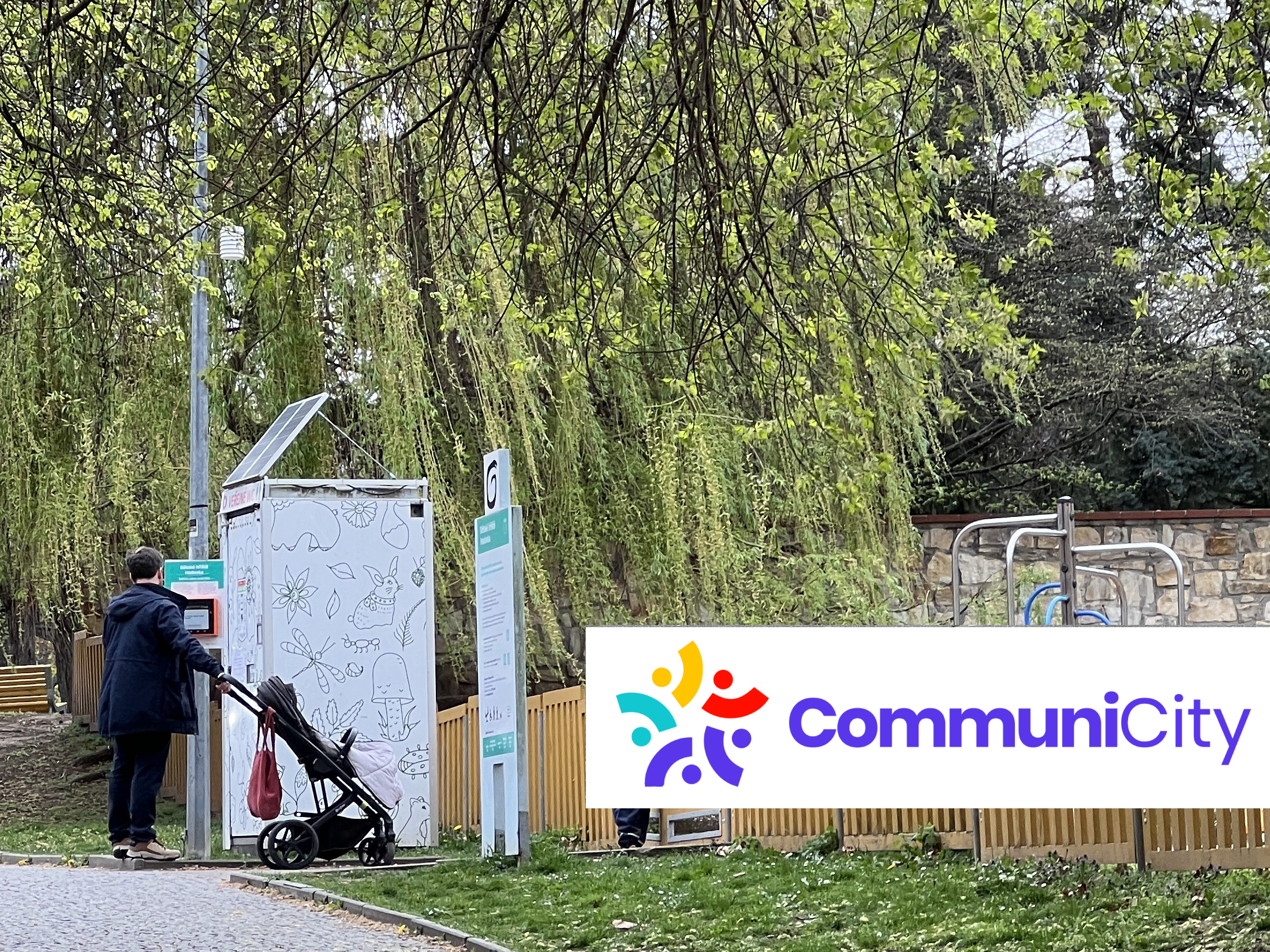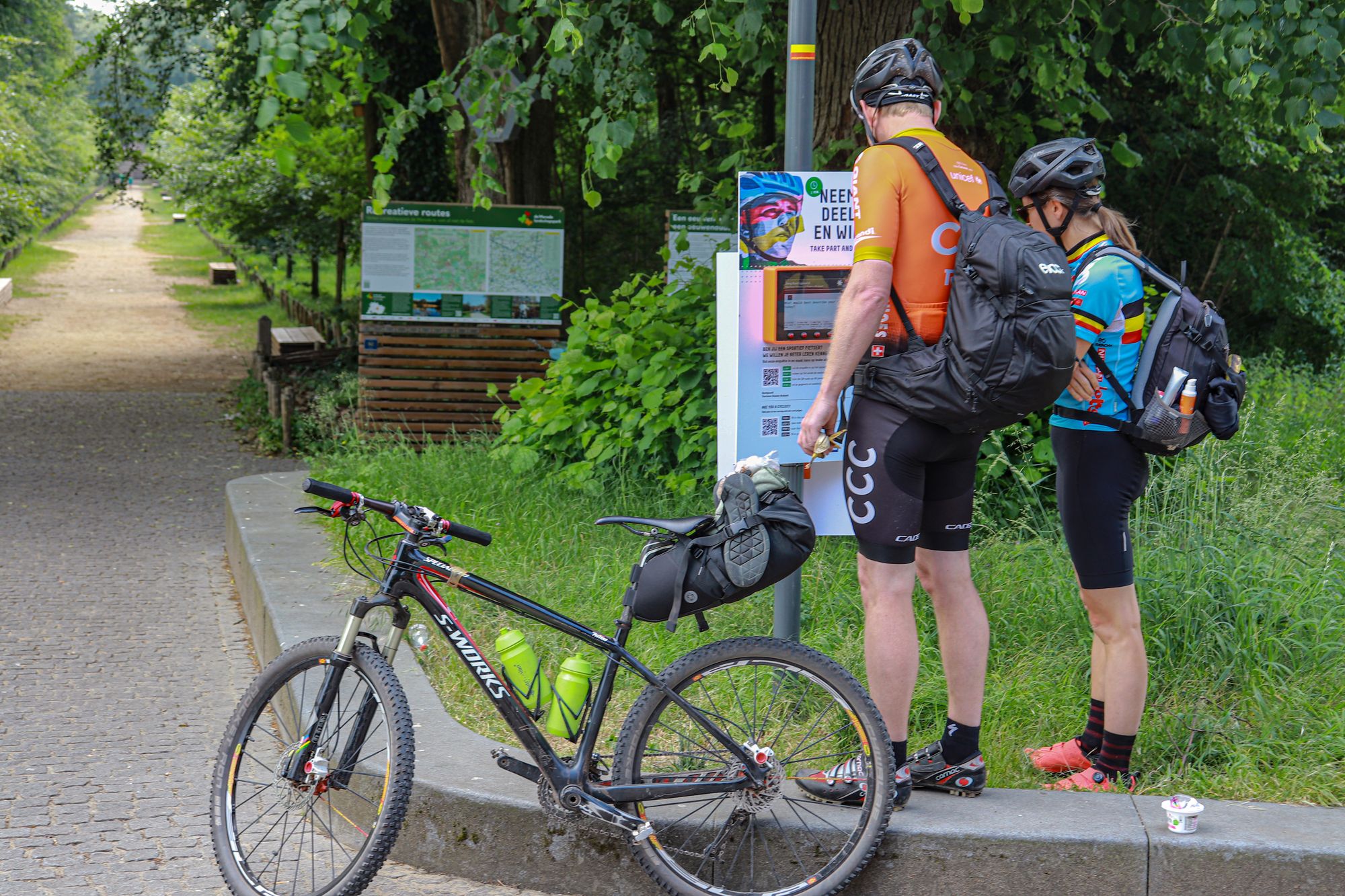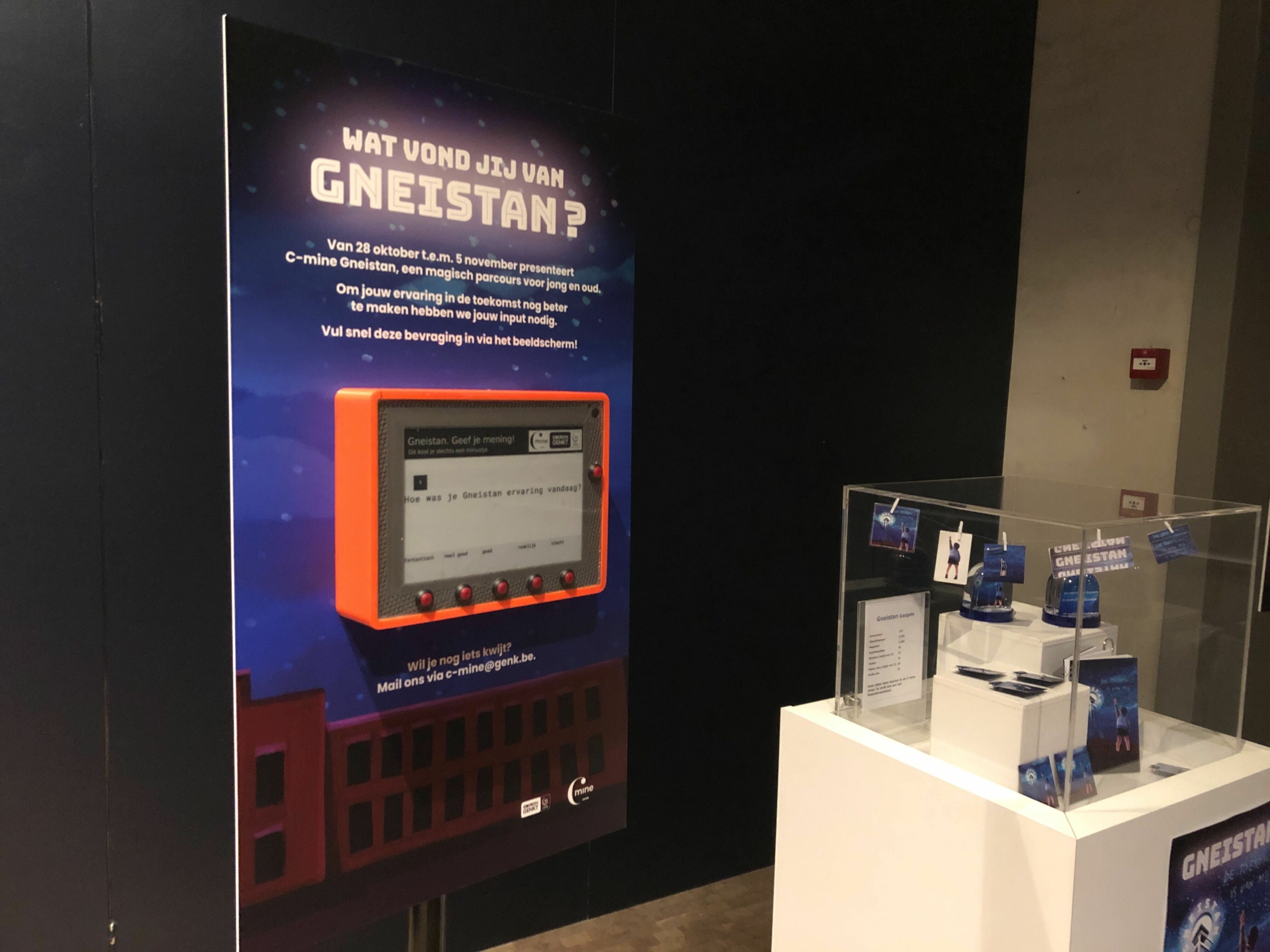Input for a ring park in Antwerp
What were the objectives of this case study?
The goal was to gather insights from citizens regarding their current usage and future ideas for two city parks that would be redeveloped to better the expected negative effects of a large and politically-charged infrastructural intervention nearby.
The partners, urban designers, were interested in gathering citizen’s opinions to inform their planning proposal to the city. Site visits were conducted together with the designers to define the exact locations for the deployment, and small aspects of the questionnaire were adapted according to the chosen surroundings.

How were the timing and locations selected?
The team deployed one CDK in each of the two parks close to the planned infrastructural intervention, specifically in front of the access ramp of a bridge connecting both parks. The locations were chosen because they were well-frequented, and relevant to the questionnaire. The deployment of the CDK devices lasted for 14 days.
What were the insights from the initiative?
During two summer weeks, the CDK devices gathered a total of 9.984 answers in 1.000 interaction sessions.
One of the key takeaways from this deployment is the confirmation of insights gathered from previous engagement initiatives. The concerns raised in the past regarding certain aspects of the neighborhood’s infrastructure and services have been reinforced by the CDK results. This confirmation serves as a powerful reminder of the significance of community input in creating effective policies and solutions, and a demonstrator of the value of combining methods.
In particular, the urgent need for increased safety measures at specific locations within the neighborhood has emerged as a pressing matter. Community members have expressed their worries about safety concerns, particularly in areas with lower foot traffic and inadequate lighting.
Reflections
This case study took place during a summer in the COVID-19 pandemic. To prevent contamination, we connected foot pedals to the CDK devices. This proved to be a powerful way of gathering additional interest from passers-by.
Partners
- Coordinator: VRT Innovation
- Municipality: Antwerp
- Participation partners: BUUR (Sweco)






